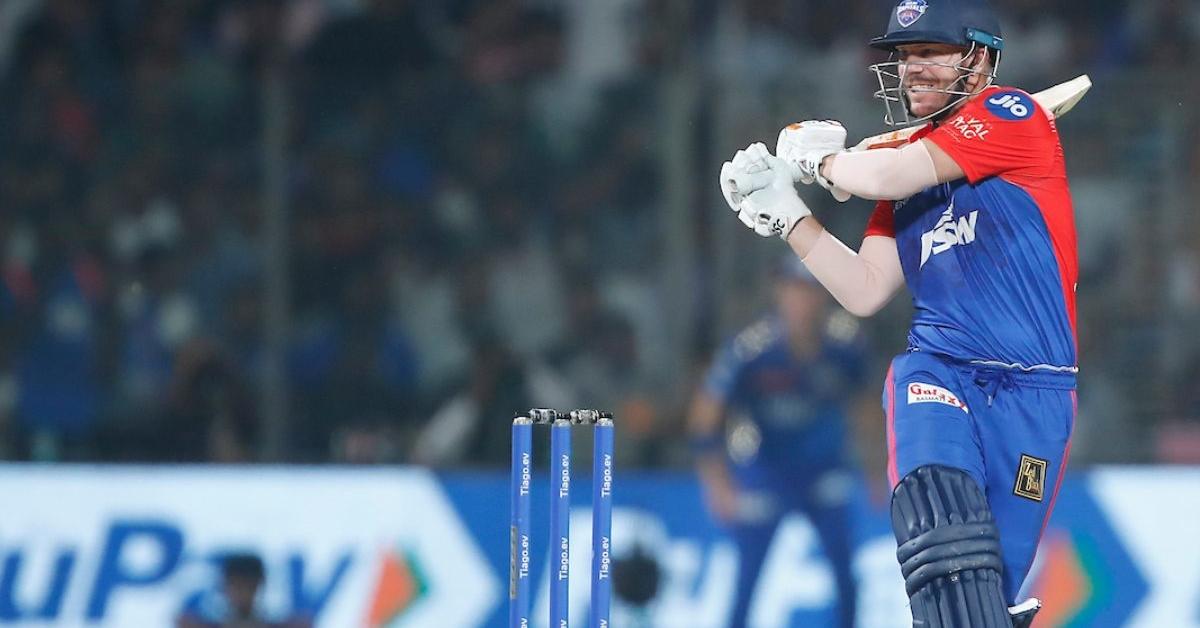Are you curious to know what is a strike rate? You have come to the right place as I am going to tell you everything about a strike rate in a very simple explanation. Without further discussion let’s begin to know what is a strike rate?
Cricket, with its complex rules and unique terminology, has captured the hearts of millions worldwide. One such term that frequently appears in the context of batting is “strike rate.” But what exactly does this cricketing statistic mean, and why is it so crucial? In this blog, we will explore what a strike rate is, how it’s calculated, and its significance in the world of cricket.
What Is A Strike Rate?
A strike rate in cricket is a statistical measure used to assess a batsman’s performance and impact in a match. It reflects how quickly a batsman scores runs and is usually expressed as a percentage. A high strike rate indicates that the batsman scores runs rapidly, while a lower strike rate suggests a more defensive or slower approach at the crease.
How To Calculate Strike Rate?
To calculate a batsman’s strike rate, you can use the following formula:
Strike Rate = (Total Runs Scored / Total Balls Faced) x 100
Here’s a breakdown of the components:
- Total Runs Scored: This is the cumulative number of runs the batsman has scored in the match.
- Total Balls Faced: It represents the total number of balls bowled to the batsman, including the ones that they didn’t score off, such as dot balls.
- Multiplication by 100: To express the strike rate as a percentage, the result is multiplied by 100.
Significance Of Strike Rate
- Assessing Scoring Prowess: A high strike rate is an indicator of a batsman’s ability to score quickly, which can be invaluable in limited-overs formats like One Day Internationals (ODIs) and T20 cricket. Batsmen with a high strike rate can put pressure on the opposition by consistently finding the boundary.
- Match Situation: The context of the game plays a significant role in interpreting strike rates. In a Test match, where patience and resilience are key, a lower strike rate may be acceptable if a batsman is facing high-quality bowling. Conversely, in shorter formats, a high strike rate is often expected.
- Team Strategy: A batsman’s strike rate can influence a team’s strategy. In situations where quick runs are needed, a player with a high strike rate might be sent in, whereas a more defensive player could be used to anchor the innings.
- Comparing Batsmen: Strike rate enables easy comparisons between different batsmen. It helps in identifying players who consistently score quickly and efficiently.
- Balancing Aggression and Defense: A balanced strike rate is often the goal for many batsmen, as it signifies the ability to both defend and attack as per the match situation.
- Entertainment Value: In the modern era of cricket, where fan engagement is crucial, a high strike rate often endears batsmen to spectators. They are seen as entertainers who can change the course of a match.
Conclusion
The concept of strike rate is fundamental to the game of cricket, offering insights into a batsman’s approach, scoring prowess, and adaptability. Whether it’s the exhilarating slogs in T20 cricket or the patient defense in Test matches, strike rate is a valuable metric for fans, analysts, and teams alike. It helps evaluate the effectiveness and impact of batsmen in various formats and continues to be a key statistic in the cricketing world, adding depth to the narrative of every match.
You can collect more information on Getdailytech.
FAQ
What Is The Meaning Strike Rate?
Batting strike rate (s/r) is defined for a batter as the average number of runs scored per 100 balls faced. The higher the strike rate, the more effective a batter is at scoring quickly. In Test cricket, a batter’s strike rate is of secondary importance to ability to score runs without getting out.
What Is Mean By Strike Rate In Ipl?
What is Strike Rate in IPL? Strike rate is a type of measuring criteria in cricket for batsmen. It’s defined as the number of runs scored per 100 balls faced.
How Is Strike Rate Calculated?
Strike Rate = (Runs Scored / Balls faced) * 100
Return the strike rate in float data type format.
What Is A Strike Rate In Sales?
A useful KPI to measure field team performance in sales is Strike Rate. The strike rate is the percentage of visits where a sales transaction (e.g. an order, invoice) was generated on a store visit.
I Have Covered All The Following Queries And Topics In The Above Article
What Is A Strike Rate Formula
What Is A Strike Rate Example
Highest Strike Rate In T20
What Is A Good Strike Rate In T20 Cricket
What Is Bowling Strike Rate In Cricket
Strike Rate Calculator
What Is A Good Strike Rate In Cricket
Highest Strike Rate In Cricket
What Is A Strike Rate
What is the meaning of strike rate










